MICRONUTRIENTS ON A PLANT-BASED DIET
Micronutrients are called as so because although they are essential for the body we need to consume them in small amounts, talking milligrams and micrograms. We will discuss below those which are thought to be the most commonly deficient in a plant-based diet.
VITAMIN B12: Contrary to popular belief B12 comes from bacteria and not from meat. Animal flesh with have B12 because they get it either from supplements or from the bacteria in the soil (or seaweed in the case of fish). However according to the Vegetarian Resource Group seaweed is not a reliable source of B12 for humans since the majority of blue and green algae such as spirulina contain the inactive form of B12 (or pseudovitamin B12) (1). If anything it’s been shown in a study that taking spirulina significantly worsened the B12 status of a research because the B12 analogs impaired the absorption rate of genuine vitamin B12. Hence they recommend to be careful with spirulina products and never to take them alongside vitamin B12 supplements.
There is a seaweed that has been found to have some active B12, that is Korean purple laver (Porphyra sp.) also known as nori. Approximately 133.8 μg of B12 was found per 100 g dry weight. The downside is that when seasoned and toasted until the point where the seaweed turns green the content of this vitamin decreased to 51.7 μg/100 g dry weight. But on the bright side dried purple laver (per 100 g) contains various other interesting nutrients for vegan diets, such as Vitamin A (3600 μg of Vitamin A equivalent as provitamin A), iron (10.7 mg), omega-3 polyunsaturated fatty acids (1.19 g) as well as a large amount of a pigment protein, phycoerythrin, which is digested in the intestine to release a potent antioxidant (3).
Chlorella was also found to contain active B12 but its content varies significantly between different brands so it shouldn’t be a reliable source (3).
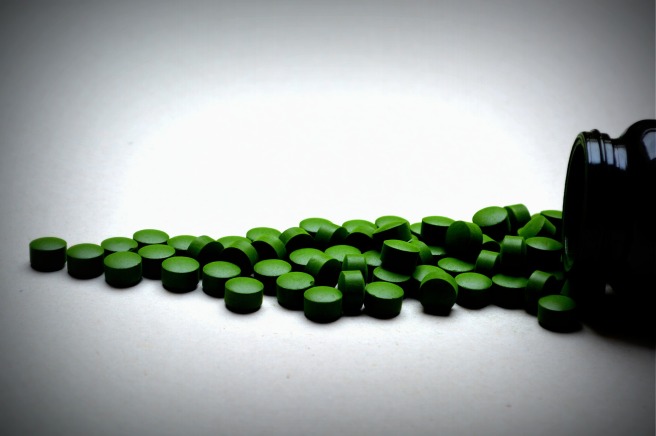
The fermented soya bean tofu-like product Tempeh contains a considerable amount of Vitamin B12 (0.7–8.0 μg/100 g). Bacterial contamination during tempeh production may contribute to the increased Vitamin B12 content. Other fermented products contain minute amounts of Vitamin B12 (3).
According to The Vegan Society (4) recommendations are as follows:
- Eat fortified foods 2 to 3 times a day to get at least 3 mcg (or µg) of B12 a day
- Take a B12 supplement of at least 10 mcg daily
- Take a B12 supplement of 2000 mcg weekly (4)
The US recommended intake is 2.4 micrograms a day for ordinary adults rising to 2.8 micrograms for nursing mothers. The German recommendation is 3 micrograms a day. Recommended intakes are usually based on 50% absorption, as this is typical for small amounts from foods. To meet the US and German recommendations you need to obtain sufficient B12 to absorb 1.5 micrograms per day on average (4).
OMEGA-3 FATTY ACIDS: They are considered essential because the body can’t make them which means we need to consume them in out diet. Found in plants mostly in the form of ALA (Alpha Linolenic Acid) which needs to be converted in the active forms in the body which are EPA (eicosapentaenoic acid) and DHA (docosahexaenoic acid). This last one can also be found in algae. We need to get about 150 to 300mg of them a day. The percentage of conversion from ALA to its active forms varies within individuals but assuming you are on the lower side consuming a tablespoon of ground linseeds (also known as flaxseeds) or chia seeds, two tablespoons of hemp seeds or 6 walnut halves a day should be sufficient as recommended by of the Food and Agriculture Organization of the United Nations (FAO) and the European Food Safety Authority (EFSA) (4).
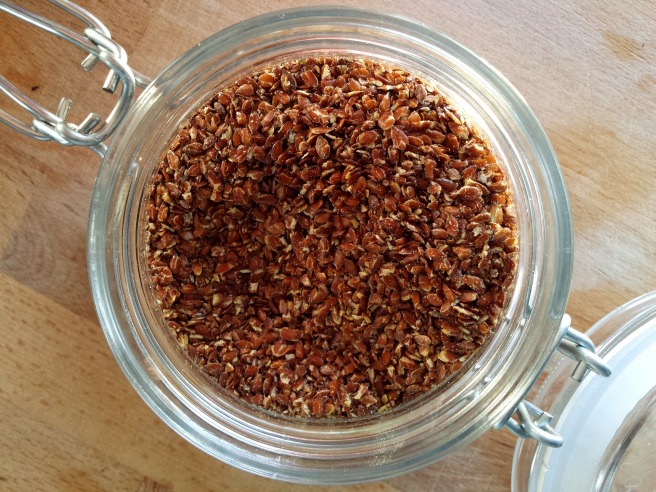
Some experts however suggest that vegans should eat double the recommended amount of ALA or take an algae supplement 2-3 times a week or daily if pregnant or breastfeeding because DHA is super important for the development of the babies brain (4).
IRON: The recommended intake is 8.7mg a day and 14.8mg for menstruating woman. Vitamin C helps us 3 times more with iron absorption so try to combine sources or iron (lentils, chickpeas, beans, tofu, cashew nuts, chia seeds, ground linseed, hemp seeds, pumpkin seeds, kale, dried apricots and figs, raisins, quinoa and fortified breakfast cereal) with vitamin C rich foods (citrus fruits, broccoli, cabbage, peppers, kiwis, strawberries, pineapple, etc.) Some examples are having a green salad (spinach, rocket) with some squeezed lemon juice, having some black beans strew and eating an orange for dessert, adding broccoli to a tofu stir fry, eating a kiwi after some chickpea curry with peppers, etc. On the other hand try to avoid tea and coffee with food as they contain substances called tannins which may interfere with iron absorption. It’s important to note that it’s been show that the body gets used to absorbing more or less iron depending on the body needs so if you eat too much iron you won’t absorb as much and if you don’t eat enough the body will adapt to absorb most of it. Aren’t we amazing!!
ZINC: The recommended consumption of this mineral daily is 7mg for women and 9.5mg for men. Sources include beans, chickpeas, lentils, tofu, oats, walnuts, cashew nuts, chia seeds, ground linseed, hemp seeds, wholemeal bread, quinoa and especially pumpkin seeds so make sure to always have them in your pantry (4). Plants have some compounds called phytates which might decrease zinc absorption so if you wanted to be on the safer side you could aim to consume 16mg for men and 13mg for woman (5).
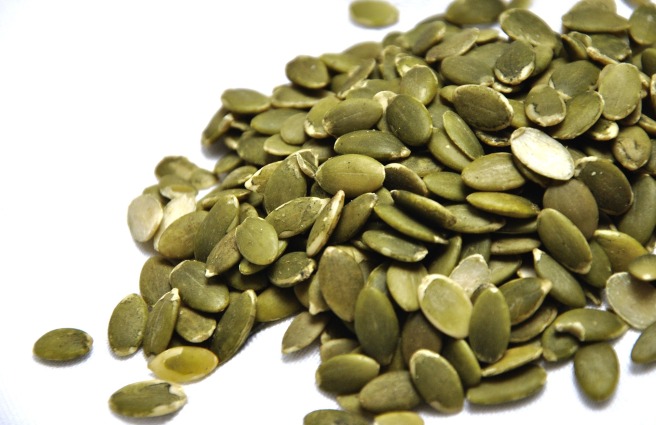
VITAMIN D: The main source is our skin exposure to direct sun rays and some mushrooms (need to make sure it says on the packaging). If you don’t get enough sun exposure (especially during winter) a supplement is highly recommended. You can find this vitamin in the form of D2 (ergocalciferol) or D3 (cholecalciferol). The first one will always be plant derived however most D3 is derived from the wood of sheep (listed as lanolin in the ingredients). There’s a vegan option to get D3 from certain lichen so the product should specify what the source is. If ever in doubt ask your doctor for a blood test to measure it. Vitamin D can get stored in the body so it’s best to test in the winter months when the storages might have run out. The recommended daily is 15mcg (or 600IU) so you could supplement this amount daily for preventative measures (6). In the northern hemisphere 30º latitude (LA, Atlanta…) 15 minutes each day midday on the forearms and face without sunblock should produce enough vitamin D for caucasians under the age of 60. Those older or with sarker skin may require 30 minutes or more. Further north at 40º latitude (New York, Chicago…) vitamin D can’t be produced during the months of November to February because of the sun ray’s angle. Above 50º latitude (London, Berlin, Moscow) this “vitamin D winter” may extrend for as long as 6 months of the year. Sunbeds are ineffective in producing this vitamin and dangerous as they mostly emit UVA rays (7).
CALCIUM: The daily recommendation of calcium in the UK is 700mg for adults. Sources include unhulled tahini, tofu, collard greens (bok choy, kale, okra, spring onions, greens, dried figs, chia seeds and almonds). It’s best of avoid supplements of calcium on its own because they can spike calcium on blood and cause coagulation (4). If you were recommended to take supplements make sure they come in highly absorbable way such as calcium citrate, chelated or food-based and always accompanied by magnesium and vitamin D. It is also important to note that the body gets used to absorbing more or less depending on the body needs.
VITAMIN K: Our gut bacteria helps us convert the active K2 from K1 in the diet which is plentiful in a plant-based diet.
IODINE: Essential to make thyroid hormones the recommendation in the UK is 140mcg/day. There is no easy way of knowing how much iodine is in plant foods. Plant foods (apart from seaweed) may contain a low amount of iodine. The amount of iodine in a plant food varies depending on how much is in the soil the plant is grown in. Iodised salt is not a good option because public health authorities recommend that we cut down on salt (4). So the best option would be to include some seaweed in your diet every day such as nori, dulse, wakame, kombu, etc. Just two norisheets provide you with full recommended iodine intake. Eat no more than a tablespoon of arame or dulse daily or 15 sheets or nori a week as too much iodine can cause excessive thyroid gland activity and be careful with kelp as it can contain too much iodine (7).
SELENIUM: The recommended intake is 60mcg for women and 75mcg for men based on the assumption that a higher intake is required for people with a higher body weight. It is important to avoid eating too much selenium because it can cause a condition called selenosis. The selenium content of Brazil nuts is variable, but tends to be high, and eating just two a day might meet your body’s needs(4). So I do recommend to include this nut in the diet if possible as the amount of selenium in foods is soil dependant hence impossible to predict the amount that will end up in food, especially wih the soil depletion theories that exist.
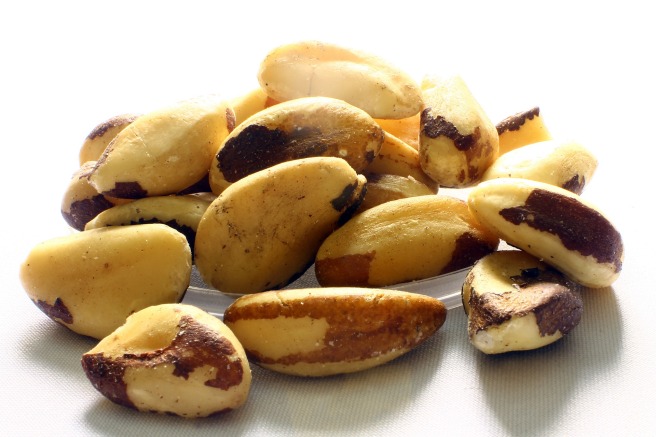
VITAMIN A: The recommended is 700-900 mcg of retinol a day. Retinol is the active form and the family of carotenoids found in plants convert into retinol in the body. Some very rare genetic mutations convert carotenes into the active retinol 69-90% less effectively. But as per this example (8) if a cup of carrots provides 368% of your recommendations at 31% conversion if would still provide you with 114% of the daily value of the pro-active vitamin A. Other examples include one sweet potato with 561% of the recommended and half a cup of frozen boiled spinach with 229%. This family of compounds are easy to find throughout many plants but focus on including green, yellow, orange and red foods in your diet such as tomatoes, carrots, sweet potatoes, peppers, pumpkins, butternut squash, kale, spinach, sweet potatoes, citrus fruits, papaya, mango, etc. As they are fat soluble include some fat when eating them to increase absorption such as a carrot, tomato and spinach salad with avocado, baked sweet potato with tahini, a kale and mango smoothie with flaxseeds, etc.
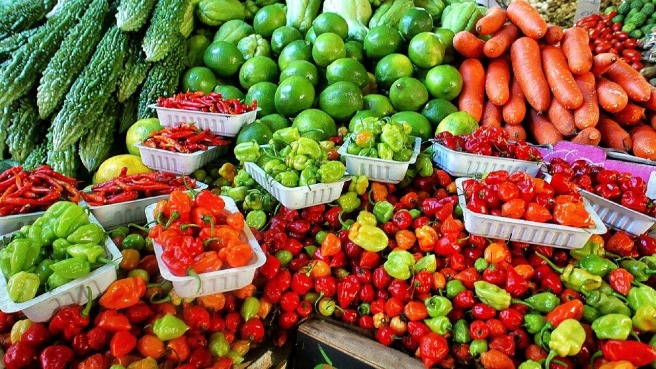
Unfortunately in the world we live in today we need to bear in mind the depletion of the soils, the extra pollutants we breath every day, the more toxins and radiations we are constantly being exposed to, the sterilized environment we have created, etc. Considering all these factors it is good to know how to be sure we are not just preventing possible deficiencies but also thriving with what we eat every day
Peace, love & good food
STAY tunned, STAY plant-based and STAY healthy! ;)
REFERENCES:
- http://healthyeating.sfgate.com/b12-seaweed-11661.html
- http://www.b12-vitamin.com/algae/
- https://www.ncbi.nlm.nih.gov/pmc/articles/PMC4042564/
- https://www.vegansociety.com/
- https://www.youtube.com/watch?v=zKwnMCEp3HM
- https://ods.od.nih.gov/factsheets/VitaminD-HealthProfessional/
- Michael Greger. How not to die book.
- https://www.youtube.com/watch?v=Ud2UfUHZm4w

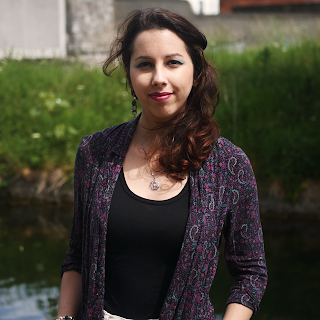
Comments
Post a Comment